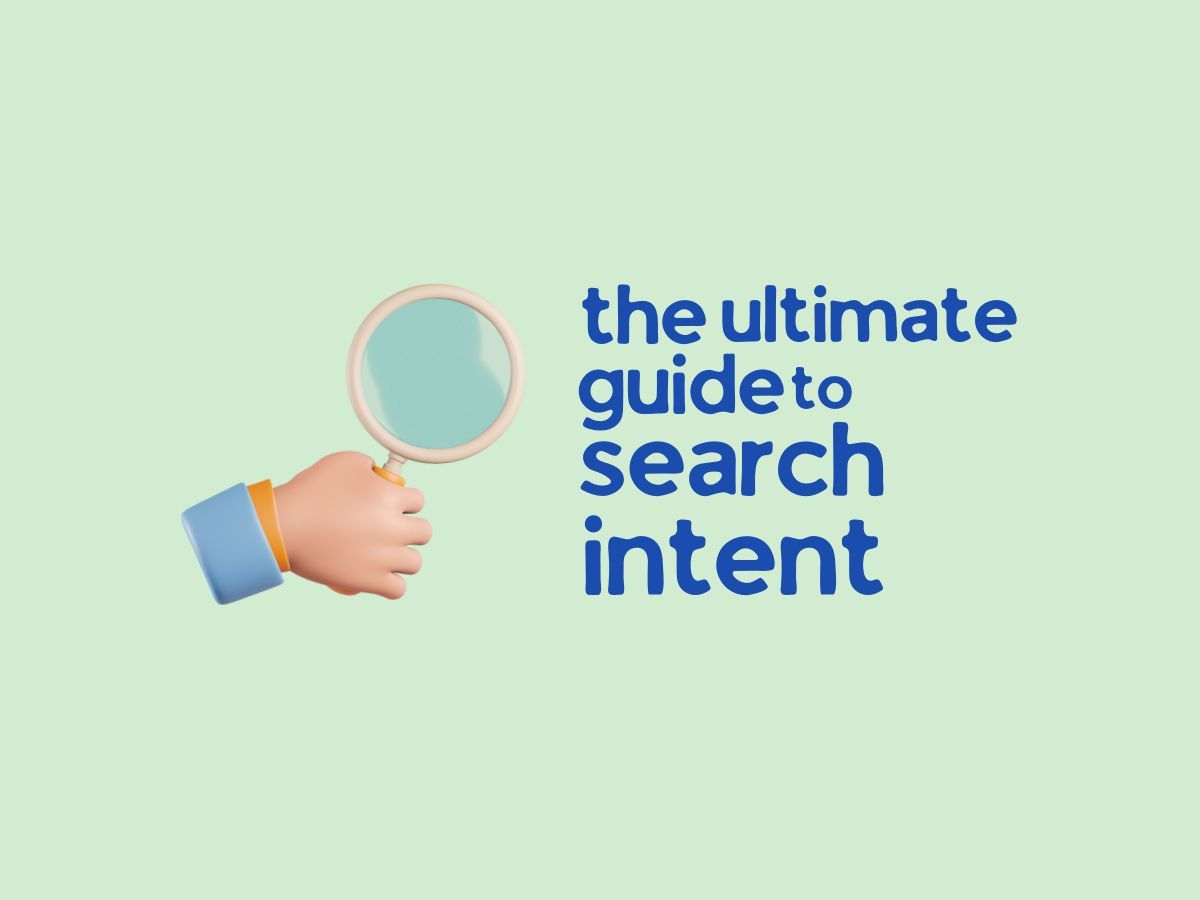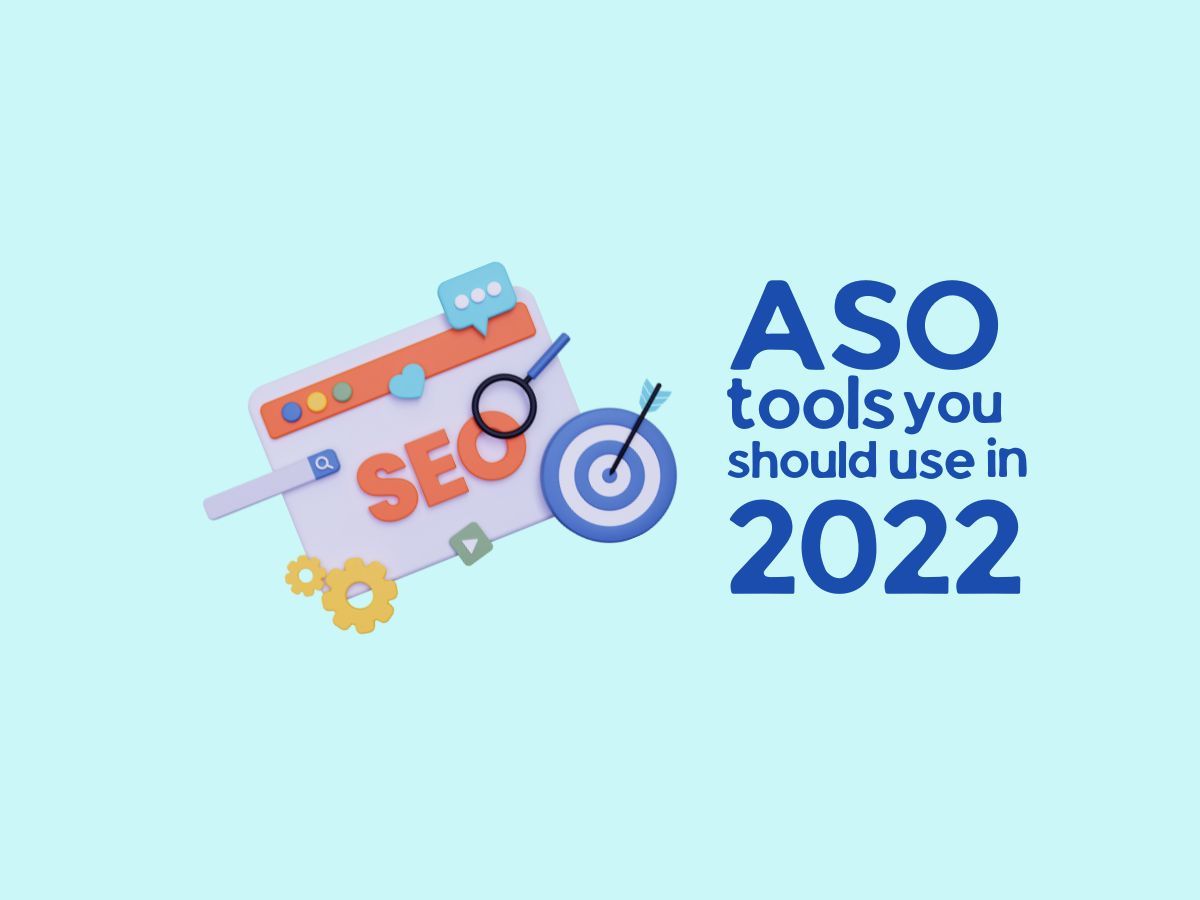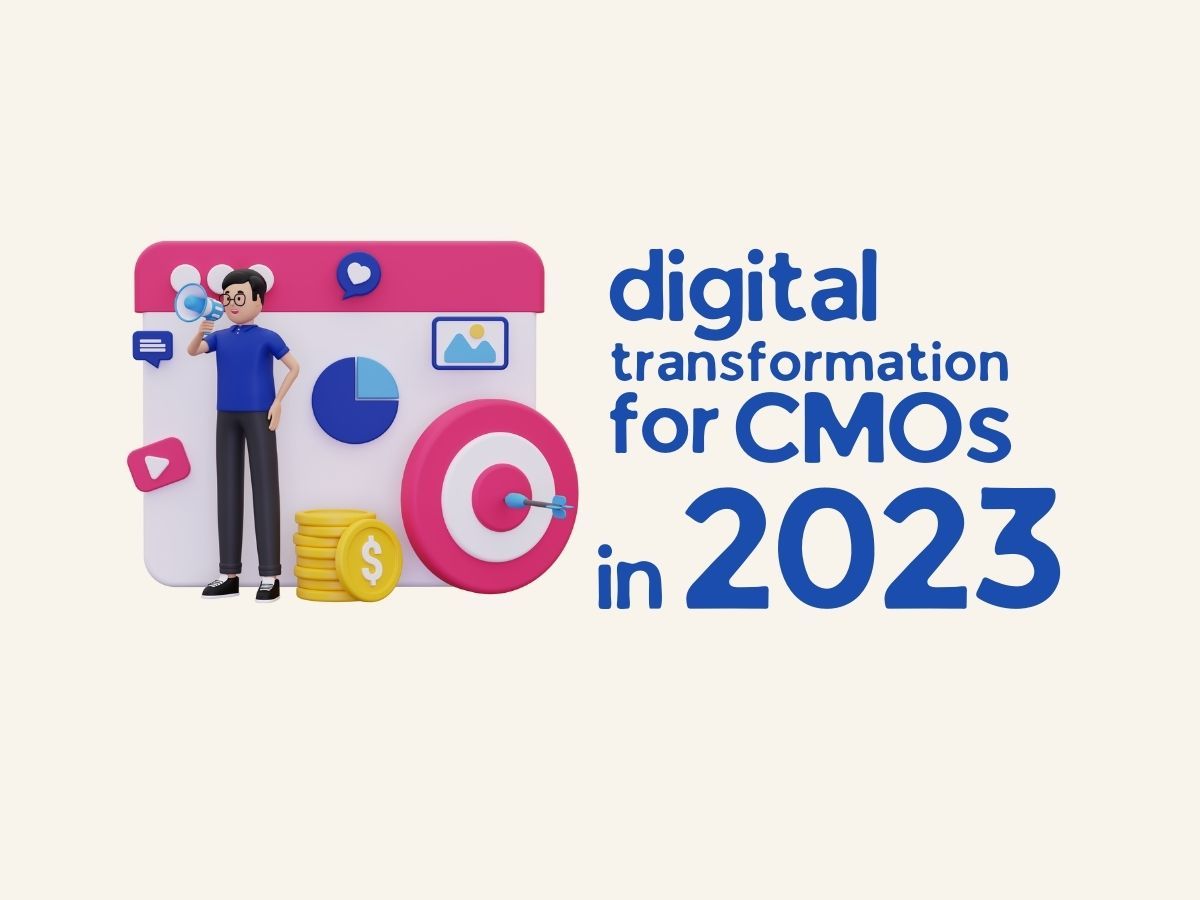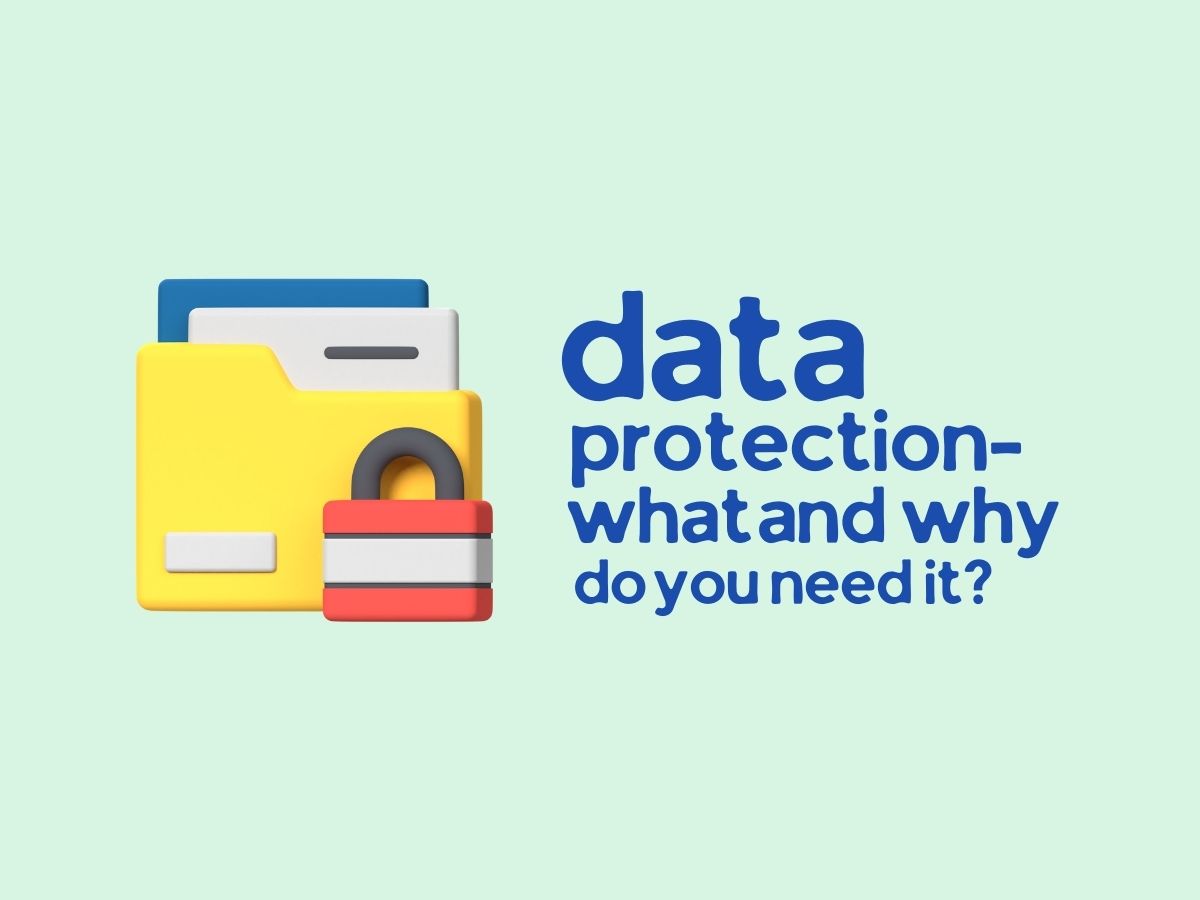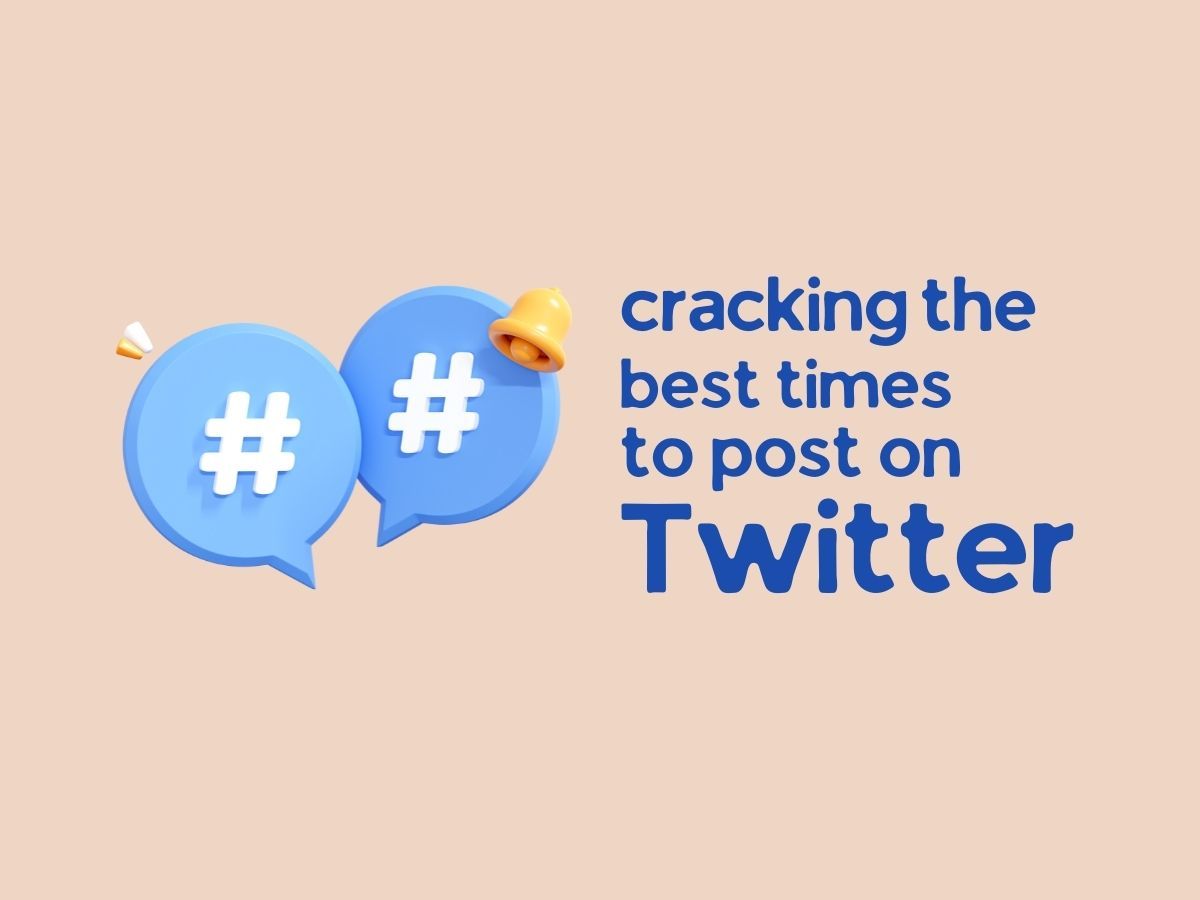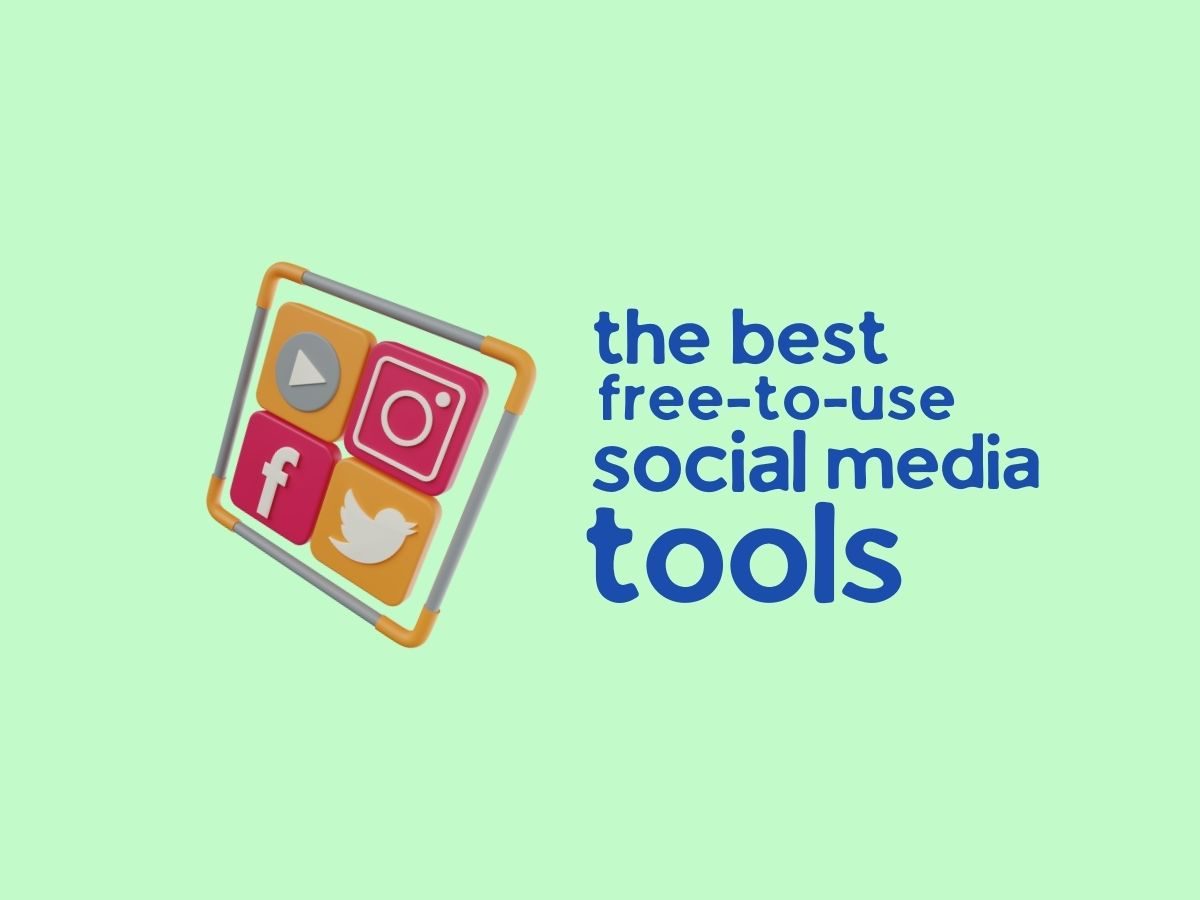Performing an SEO Audit: How do you do it?
Why should we do an SEO audit?
The process of SEO audit takes place much before you do any optimization on the site. It is the first step in the SEO process. Sometimes there may be many SEO errors on the site. So they clean all of that up before building out any pages or start optimizing anything so that the work is done on a clean foundation.
Key Elements of an SEO Audit
1. Backend Factors such as hosting and indexing
2. Frontend factors like keywords, content, and metadata.
3. Link Quality & Outside factors.
Tools to use
- Screaming Frog (Free software)
- Ahrefs or Semrush (preferably)
- Webmaster tools (Analytics, Search console)
The SEO audit process
- On-Page SEO audit
This looks at what is wrong with the site and if there are any technical errors on the site.
- Off Page SEO audit
Go through all the optimizations from the SEO that are done outside your website. These are things like the backlinks you built, your presence and so on.
- Analytics audit
Here we go into your analytics and make sure some of those metrics that we care about are in the right parameters.
- Search console audit.
Here we look if any outstanding errors are going to hold back your site.
On-Page SEO audit
The Basics:
- Is the site indexed?
Is Google even picking up your site? To find this, open site;cleanzen.com. There you can find all the pages being picked up by Google. If you don’t see certain pages there, it means that they are not indexed.
- Web design principle
Look at the site and see if it is a good-looking site, does it have a call to action, is the call to action consistent or is it inconsistent? Look if the necessary pages exist. If Google wants to recognise you as a legitimate website, then certain pages should exist on your website. This means having an about page, contact page, privacy policy, terms of service etc.
- Does the site have an SSL?
This is the icon just near the website name that you enter. This little icon is a ranking factor. So if you don’t have that, get that done as soon as possible. When you enter something and you remove the s from https, it should always redirect you to the same version.
- Check if it is mobile friendly
Google does care about that. Type in mobile-friendly test, and just put your site there and check. Check if your page speed is under 3 seconds. If it is too high, then you need to get that fixed.
Technical:
- Go back to cleanzen.com. See if there is a site map. Type your site/sitemap.xml. If you have an XML site map, then it should be there on the page that opens. If a site map does not exist that needs to get created.
- Look at thin content pages
See if there are pages on your site that shouldn’t be getting indexed by Google.
- Look at duplicate content
Make sure you don’t have pages within your site where there is a duplicacy across the site.
- Look for broken links
See if there are any issues with your URL. Ensure that no broken links are there.
Optimization
- Look at the meta titles and the meta description for these pages. There should not be any missing titles or meta descriptions.
- H1 tags
It would be the top header. Most of the sites don’t even have this as a header. This shows Google what your site is about.
Off Page SEO audit
- Look at the backlink profile. See if there is a weird ratio between the number of pages that are linking to you versus the number of links you are getting from these sites. Click on the backlinks and see what kind of websites they are-if they are bad-quality websites. Check the anchor text that they are using.
- Open majestic SEO to figure out how trustworthy Google thinks your website is. Find the trust flow, which shows how trustworthy your site is. If a score between 10 to 49 is shown it is considered average. 49 and up is considered very good. Then look at citation flow, which tells how much volume of backlinks and mentions you are getting. These two flows should be a good ratio.
Analytics audit
- Look at the bounce rate. The bounce rate should be less than 70 percent. This means people that are landing on your site and quickly jumping off. If people just land on your page and they just leave, it is not good. Make sure that if somebody lands on your site, they need to go ahead and you need to make it engaging.
- See if there are any weird irregularities with the traffic. Go to the acquisition, then channels, and see what percentage of the traffic is coming from organic search. Look into the coverage section to see if there are any errors on your site.
How to do an SEO audit fast?
- Log into the Google search console.
When you log in to the Google search console you want to look for pages that rank for similar terms. Most people think that if they want to rank SEO or whatever the subject is, they want to create as much content around that topic. Although that is true, it is also wrong at the same time. You want to create a ton of content, but you don’t want to create a ton of pages on the same topic because they are going to compete, which is going to conflict with Google. So when you have content around the same topics, you want to combine. You want to use the model of pillar pages. In the search console, find pages that are competing. Combine them and start structuring them in such a way that is similar to the beginner’s guide to SEO. Find the pages that are popular, but have a low CTR in the search console. Go to click flow, which is a tool that allows you to test your title tags. This will even give you recommendations on how to improve the click-throughs. In the search console, you will also see the popular pages. You need to start leveraging the land and expand strategy. Something already ranks well, the chances are if you expand upon it, you put more energy behind it and you make it even better, it should in theory even do better. But if a page doesn’t rank well at all, and you put a ton of emphasis and effort behind it, the chances of it doing well in the future are slim to none. The land and expand strategy gives importance to the pages that are doing well.
- Use the site audit report and Ubersuggest. Once you put in the URL, it takes roughly three minutes to crawl your site. It’ll crawl hundreds of pages and it will tell you what is wrong from a technical standpoint.



